Yep I’ve been away again! My excuse was I have now crossed a line, 60, where I should be able to choose how I spend my time……. I wish!
I have a strange interest in Lanzarote, strange in the sense that there is not really much terrestrial wildlife (quality yes, quantity no), and the only reason I mention this is the experience of living in an increasingly small world.
One of the birds that passes through the UK and is seen occasionally, on its travels, in Surrey is the Whimbrel. A large wading bird looking like a made up Curlew, it is normally seen on mud and sandy ground by the sea or marsh so it continues to strike me as odd to see Whimbrel on rocky/lava coast in Lanzarote. So clearly designed with a long beak for probing mud it looks like Lanzarote visitors have adapted to a different kind of food. A bird which visits like a tourist just like it does in Surrey!
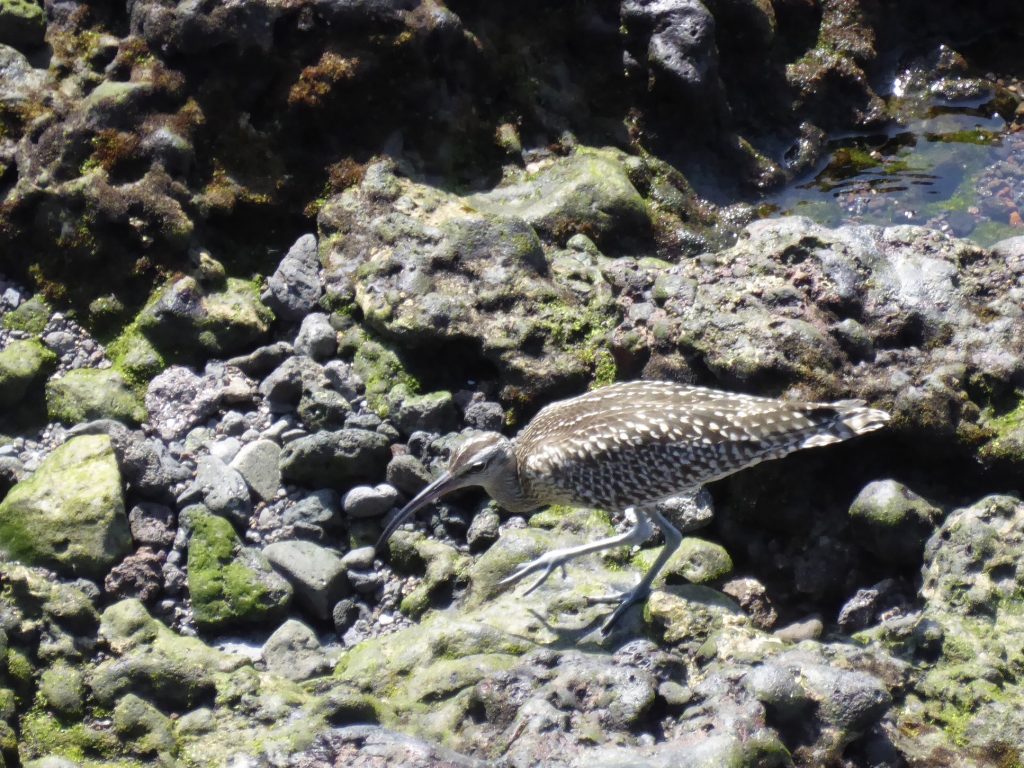
A resident local bird in both Surrey and Lanzarote and introduced to both are the increasing numbers of parakeets. Pretty they may be but I really don’t like the noise, let alone the damage they do to my fruit trees! Always a subject to cause disagreement, introductions (even re-introductions) can often result in unintended consequences and a long term problem to sort out (or not!).
Arriving home in the midst of autumn felt like a celebration of greens, yellows, reds and orange after the earthy tones of a considerably more barren Lanzarote.
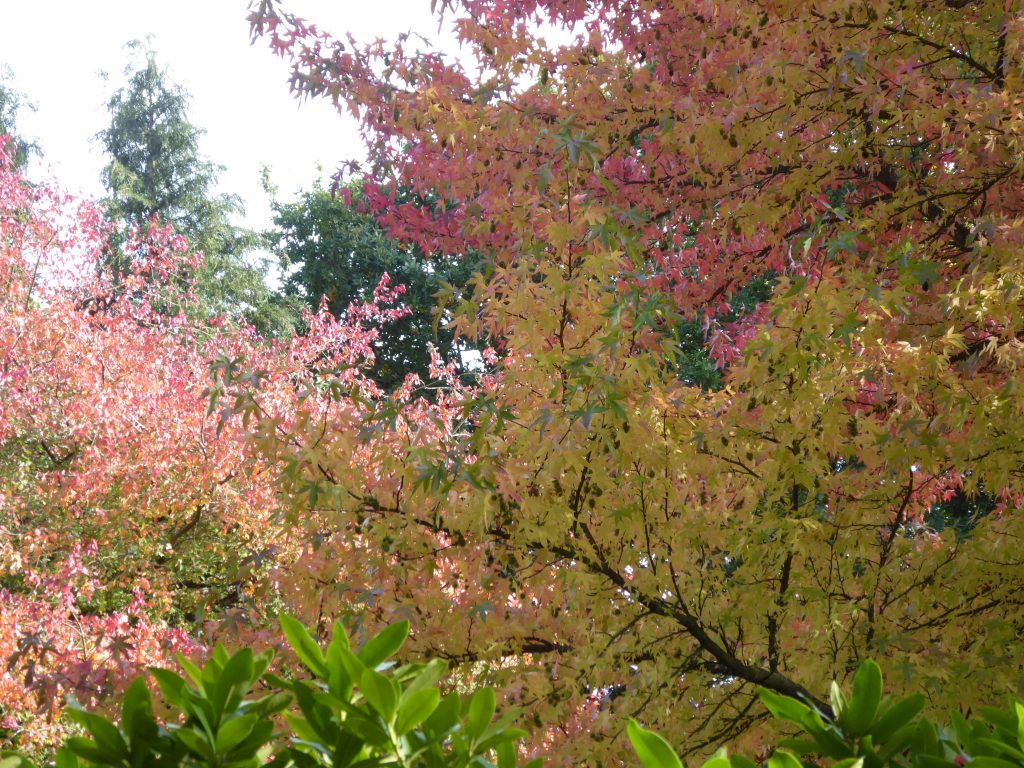
The glorious weather has also encouraged some more unusual visitors.
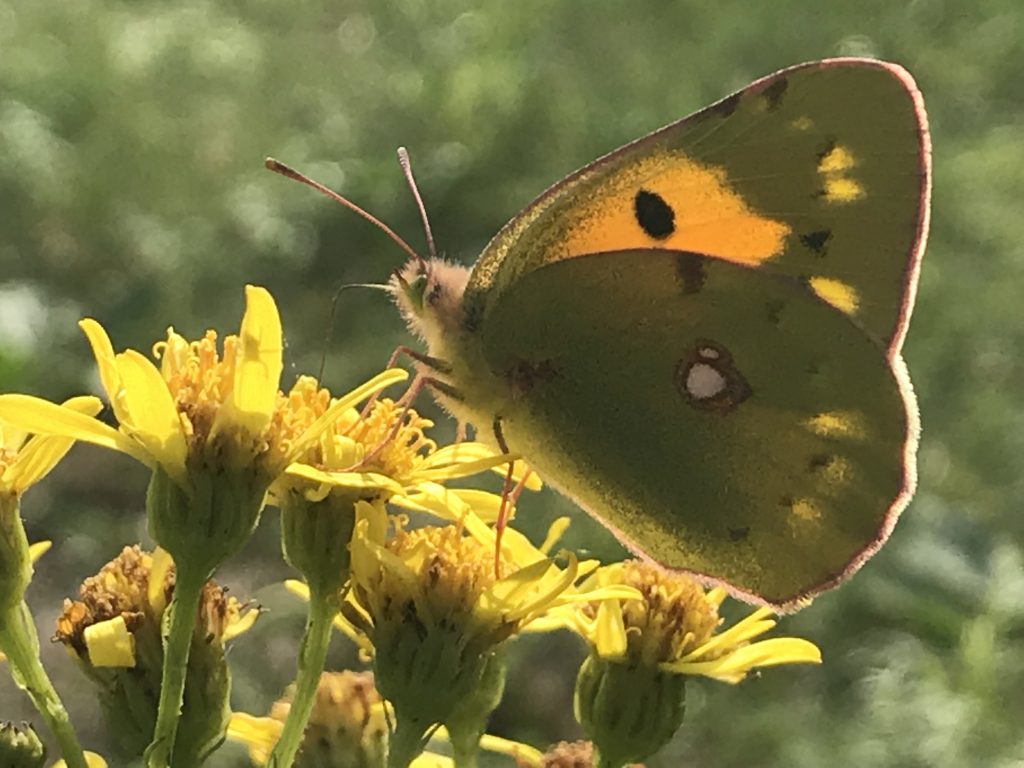
Visiting my mother in law, who is staying along the Hogs Back, my wife discovered this exotic visitor on the same area of rough meadow where we had seen so many blues and Marbled whites earlier in the year. Sadly there was too much wind to allow the butterfly to open its wings but a joy nonetheless. Never cease to use your senses even when you least expect an encounter of the wildlife kind.
After the rain on Saturday the sun on Sunday tempted us to walk across Whitmoor Common after a drink at our favoured pub, the Jolly Farmer on the Burdenshot Rd. More glorious colours.
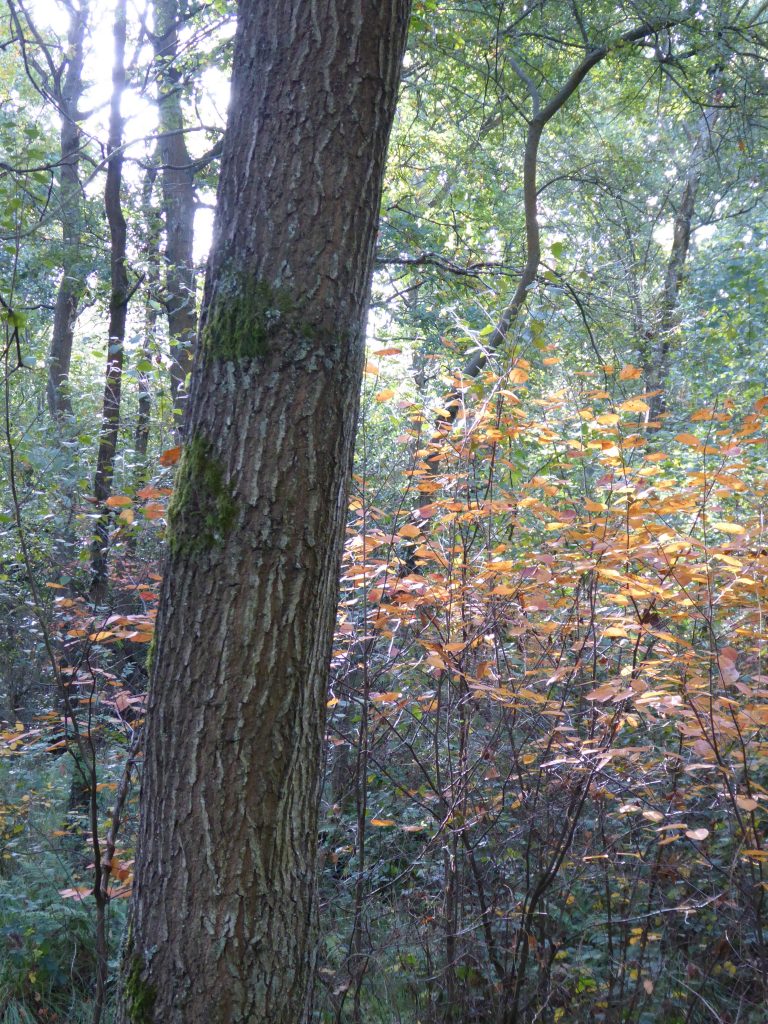
And a sense of winter in waiting.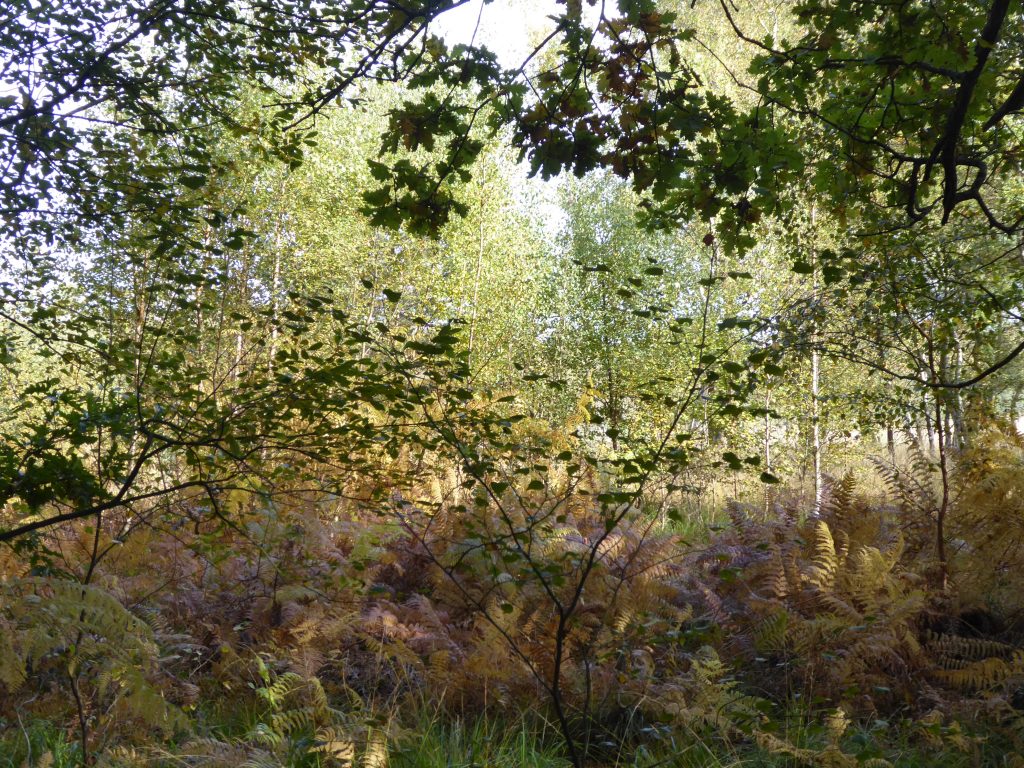
Lovely to encounter a fellow local.
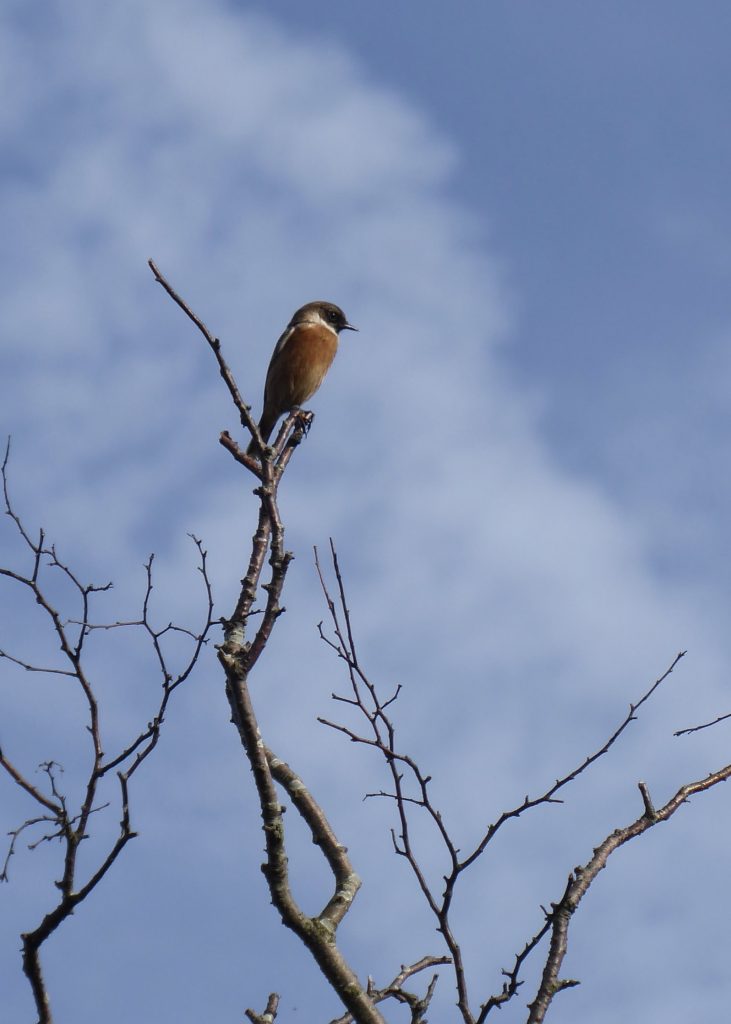
Clever little birds these. After breeding on our heaths some of the Stonechats stay put, some move south to the coast and some migrate much further to warmer climes. Using this strategy allows Stonechats to survive whatever the winter weather, hence a mild winter allows the resident birds to breed early and a poor winter doesn’t wipe them all out. Unlike their often near neighbours, Dartford warblers, who usually stay put and suffer the consequences…but that’s another story
